The Battle between Bahram Chubina and Sava Shah, Page from a Manuscript of the Shahnama (Book of Kings) of Firdawsi
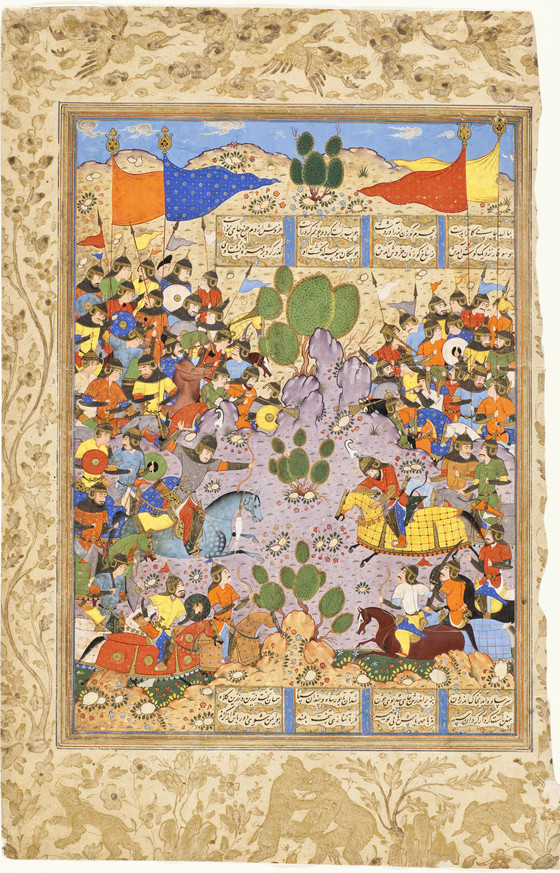

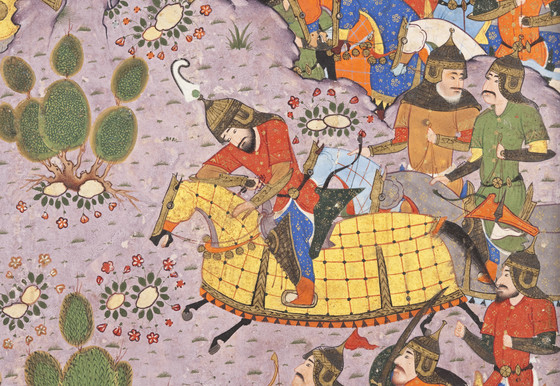
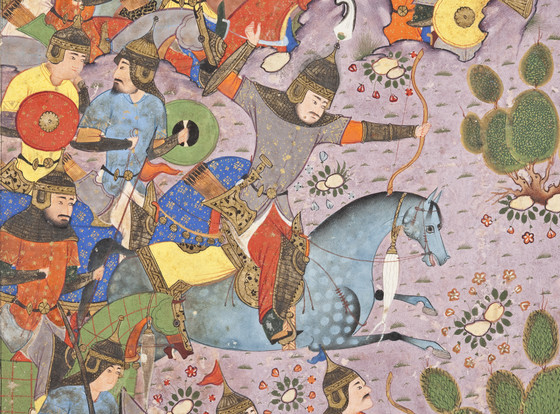
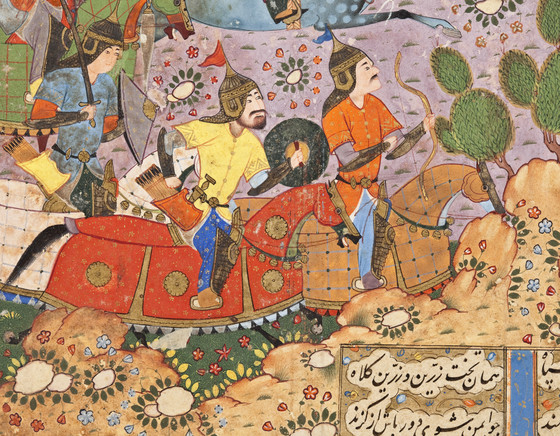
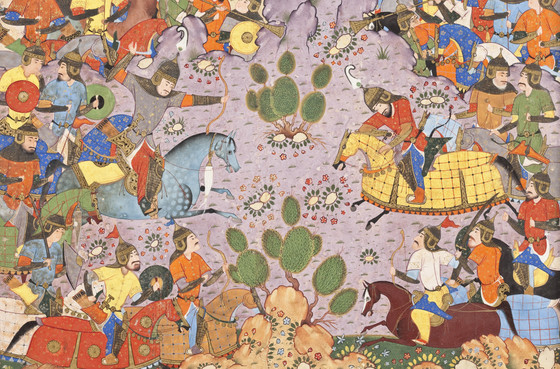
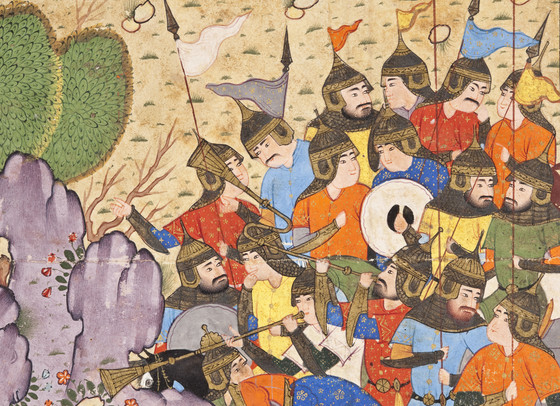
Please log in to add this item to your gallery.
View comments
No comments have been posted yet.
Add a comment
Please log in to add comments.
Please log in to add tags.
* Nearly 20,000 images of artworks the museum believes to be in the public domain are available to download on this site.
Other images may be protected by copyright and other intellectual property rights.
By using any of these images you agree to LACMA's Terms of Use.
The Battle between Bahram Chubina and Sava Shah, Page from a Manuscript of the Shahnama (Book of Kings) of Firdawsi
Iran, Shiraz, circa 1560
Manuscripts; folios
Opaque watercolor heightened with gold and silver on paper
16 3/4 × 11 in. (42.55 × 27.94 cm)
Purchased with funds provided by Camilla Chandler Frost and Karl H. Loring with additional funds provided by the Art Museum Council through the 2009 Collectors Committee (M.2009.44.1)
Not currently on public view


